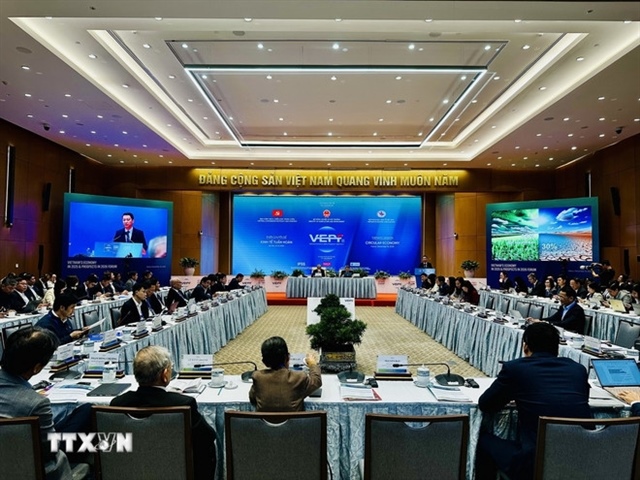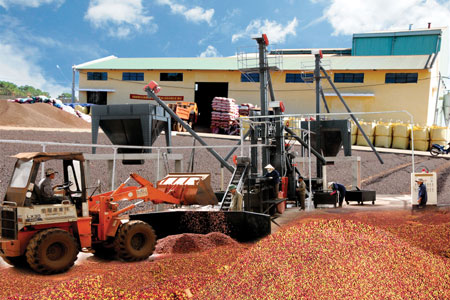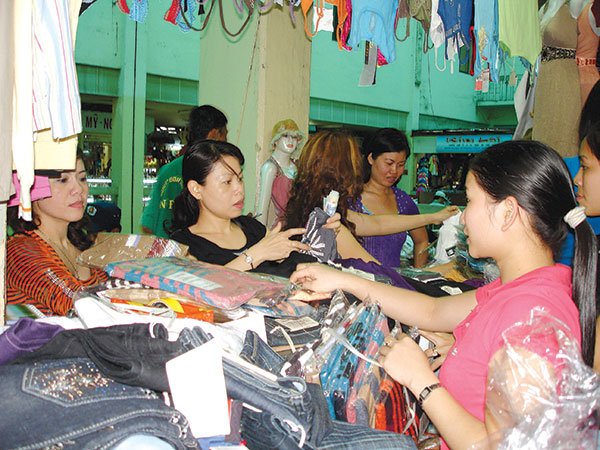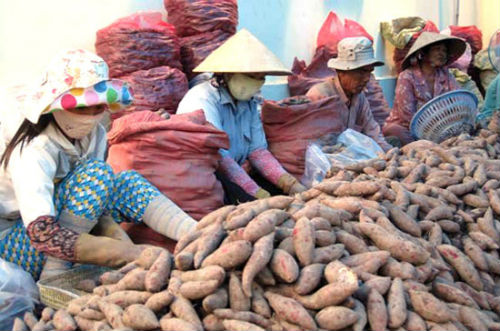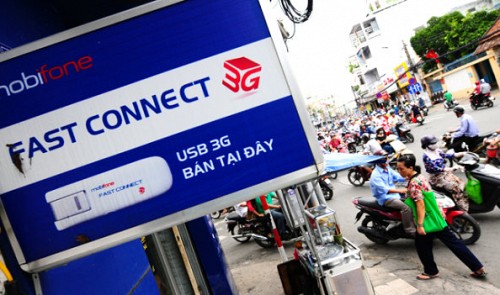Integrated ASEAN can pack a punch
Integrated ASEAN can pack a punch
Ahead of next month's meeting of the ASEAN Economic Integration task force, Netherlands-based consultancy TMF Group has published a briefing paper titled "The ASEAN Economic Community: Capturing the zeitgeist of rising Asia" exploring how international businesses can best harness the potential of this growing region.
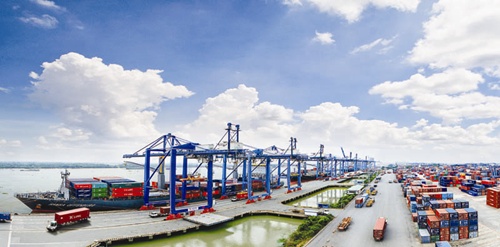
TMF's Asia-Pacific head Paolo Tavolato said 2015 would be a defining moment for Southeast Asian economies as the deadline for the formation of the ASEAN Economic Community (AEC) looms.
"Given the great range of diversity in economic development, political systems, cultures and religions, many are wondering if the regions can actually be integrated into a unified economy.
"As China's population ages and the workforce becomes more expensive, ASEAN can offer the full value chain to multi-national companies, from, say, research and development in Singapore, to labour-intensive manufacturing in Indonesia and Viet Nam, supported by Business process outsourcing in the Philippines."
He said the diverse range of industrial specialisations in ASEAN would make the region suitable for a wide array of investors.
The paper notes that Singapore and Malaysia specialise in electronic products, Thailand is the leading manufacturer of fast moving consumer goods and processed foods, while Viet Nam and Cambodia focus on garments.
Indonesia, Brunei, and the Philippines are the main producers and exporters of natural resources such as palm oil, rubber, sugarcane, rice, cocoa, timber, petroleum, natural gas, coal, and tin.
"The vertical and horizontal integration of Southeast Asia economies under the AEC would stimulate intra-regional investment, trade and business connections benefitting both foreign and local firms," Tavolato said.
But the TMF Group highlighted the fact that a crucial step to this new era for the region would be the removal of non-tariff barriers (NTBs). According to the chairman's statement at the 26th ASEAN Summit in April, 458 out of the 506 high-priority measures outlined in the AEC roadmap have been fully implemented in all member countries.
For the remaining deliverables, the ASEAN Economic Ministers have been tasked with identifying, prioritising and implementing measures that carry the highest economic impact in a bid to achieve 95 per cent implementation rate by year-end.
"Among the remaining deliverables, the removal of NTBs is the hardest to implement as most are populist measures designed to protect strategic national industries," Tavolato said.
A study by the Institute of Southeast Asian Studies shows that the total removal of tariff and NTBs in ASEAN could reduce the cost of doing business in the region by 5 per cent and increase its GDP by 5 per cent.
According to the Asian Economic Journal, the establishment of the AEC could generate an extra US$280-615 billion (equivalent to 5-12 per cent of projected ASEAN GDP) in annual economic value by 2030.
It is predicted that by 2025 more than half of the world's consumers would live within a five- to six-hour flight from ASEAN.
Speaking on AEC, Suresh G Kumar, TMF Group Viet Nam's managing director, said, "Under the AEC's vision of creating a single market and production base, ASEAN member states have to find their unique competitive edges and further develop it in order to thrive in an integrated and open economy.
"For Viet Nam, the strength is its strategic geographic location, ripening demographic dividend, low labour cost structure and growing foreign direct investments. It will enable the country to become a regional manufacturing hub and an alternative production base to neighbouring China."
He said Viet Nam was already one of the region's manufacturing powerhouses.






